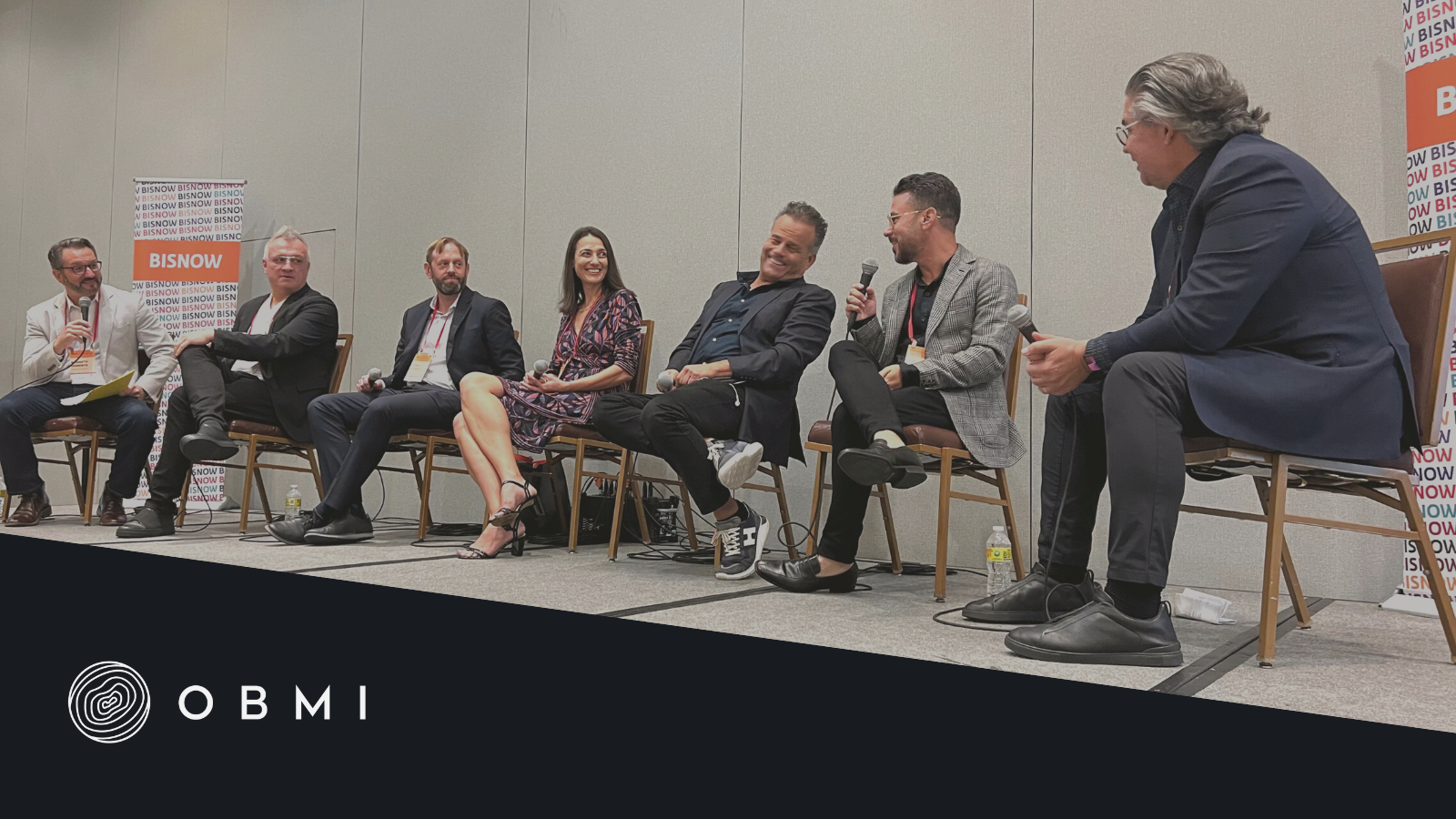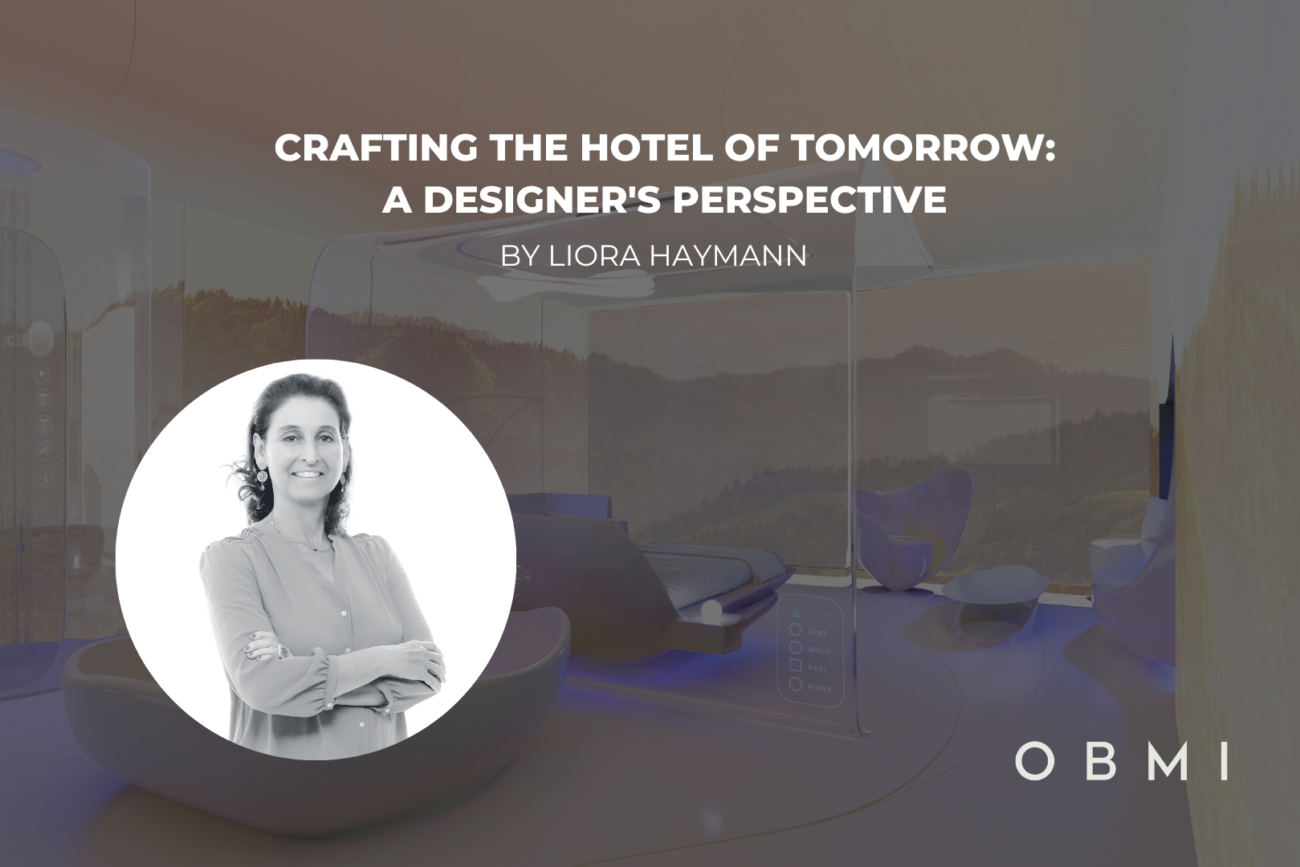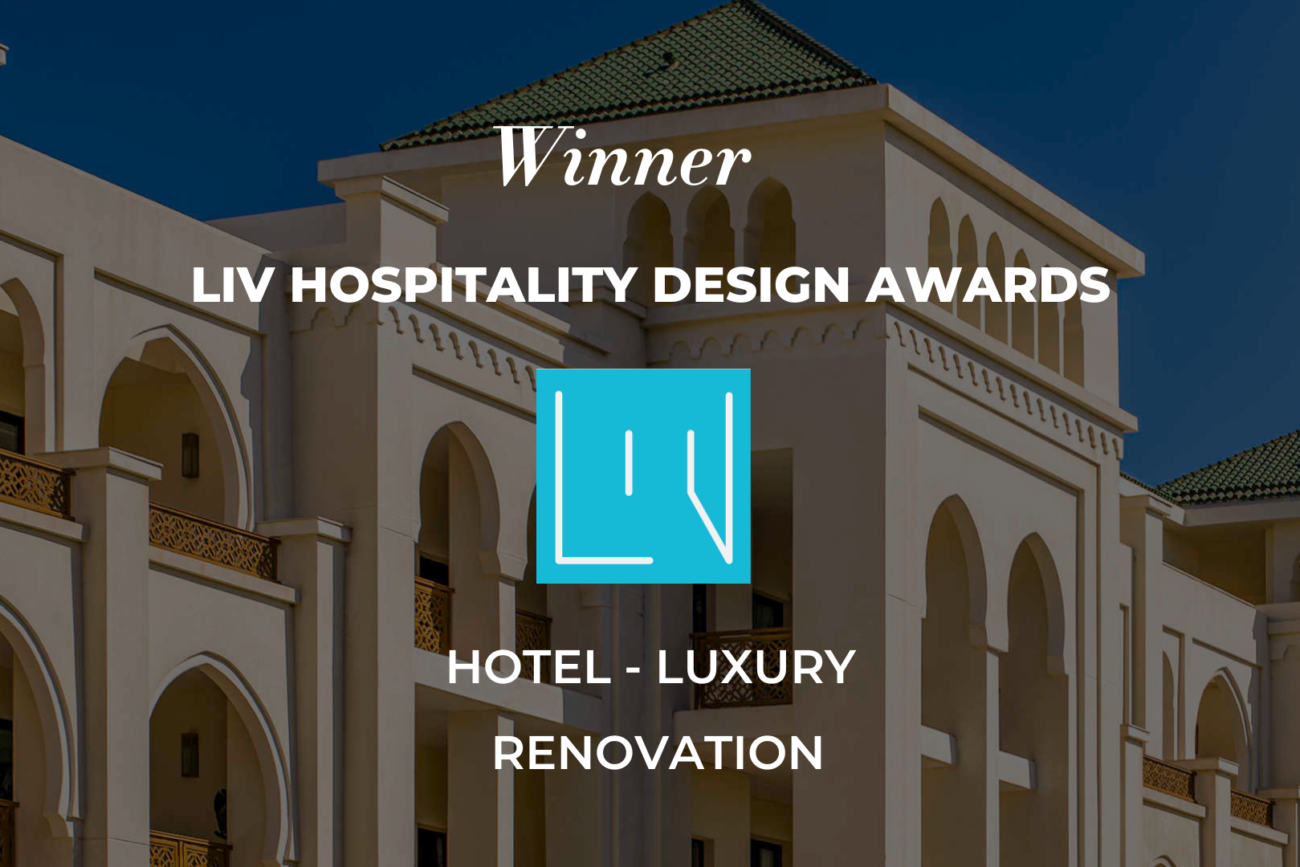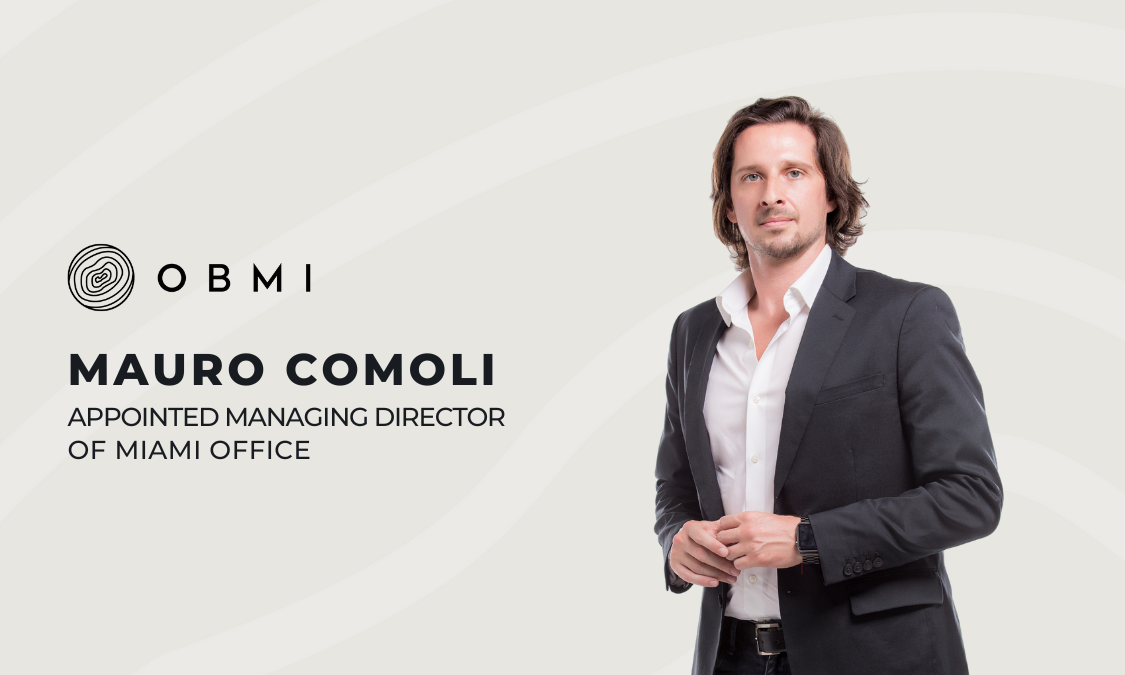Luxury, Trends, and Technology Shaping the Market
Bisnow South Florida’s Architecture & Design Summit
Giovanni Medina, a Senior Lead Designer at OBMI, was invited to join the “Designing for Luxury” panel at Bisnow’s Architecture & Design Summit. Gio discussed the state of the industry with Kobi Karp, Reinaldo Borges, Pinar Harris, Timothy Archambault, and Jonah Hansen. As regional architecture leaders, the panelists provided valuable insights regarding the future of luxury design. Below are the key takeaways from the intriguing panel discussion.
Architectural Influences – South Florida
- People want to work, live, and vacation where they want – making it necessary to include designated spaces for each in new projects.
- Gio notes, “time is the new luxury.” Concierge services are built into residential buildings to offer convenience.
- Community is more desired than ever, and designers see a shift toward prioritizing amenity spaces.
- Wellness & well-being aspects are being integrated into luxury residential spaces as the emphasis on a healthy lifestyle continues to incline.
Design Trends in High-End Luxury
- Smart technology
- Cater to guests’ or owner’s needs by incorporating technologies and furniture that suit the guest’s lifestyle – Creating immersive and interactive experiences in-room.
- Quality of Production
- Separate from the fast-paced environment hospitality guests have gotten used to, there is a trend among the ultra-rich to have personalized experiences and curated handmade details that exude a high level of quality. Gio mentions that the two prominent luxury brands, Baccarat and Aston Martin, showcase this level of craftsmanship in their branded residences in South Florida.
- Designing for Sense of Place by staying true to the storyline, which is well-positioned in the branding.
- In South Florida, design teams should capitalize on the local environment by maximizing views, integrating biophilic design elements, and indoor-outdoor living.
Making Sustainability Attractive & Increasing Value
- Promoting sustainability as resiliency and a way to be more cost-effective by integrating sustainable elements like solar panels that will save on operation costs.
- We don’t need to reinvent the wheel when designing more sustainably. Traditional passive design strategies include cross ventilation, facades, deep corridors, and walkways.
- Staying future-focused in design. Thinking of how the elements will impact the design long-term. Not designing reactively, but proactively for resiliency.
- Strategically considering site positioning can increase the property’s value by maximizing views. Simultaneously, this site consideration can contribute to other passive design approaches, such as limiting direct sun exposure.
Design Guardianship Over Projects
- Quality takes time, and it is up to architects and designers to set the precedent that a high level of luxury requires a specific timeline.
- Although supply chain issues continue to delay project production times, designers use their expertise to provide clients with solutions that fit the requirements without sacrificing quality.
It’s clear the idea of luxury is shifting and the industry is already adapting their designs to match the priorities of luxury clients. South Florida is a sought-after region for luxury brands and clients alike, guiding the trends in the industry around the world. As the sector continues to grow, designers will push the boundaries of what has already been done and implement new services and elements that exceed current expectations.







